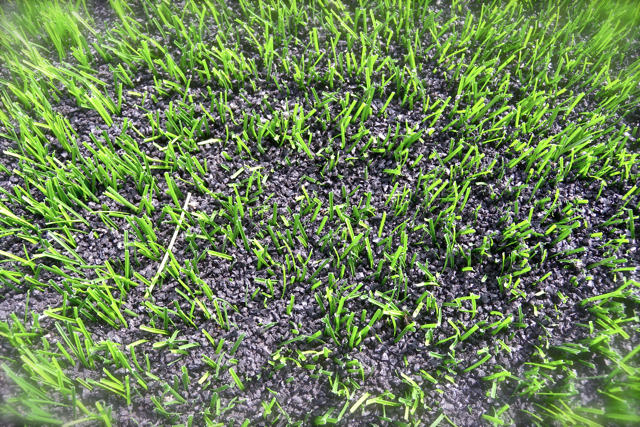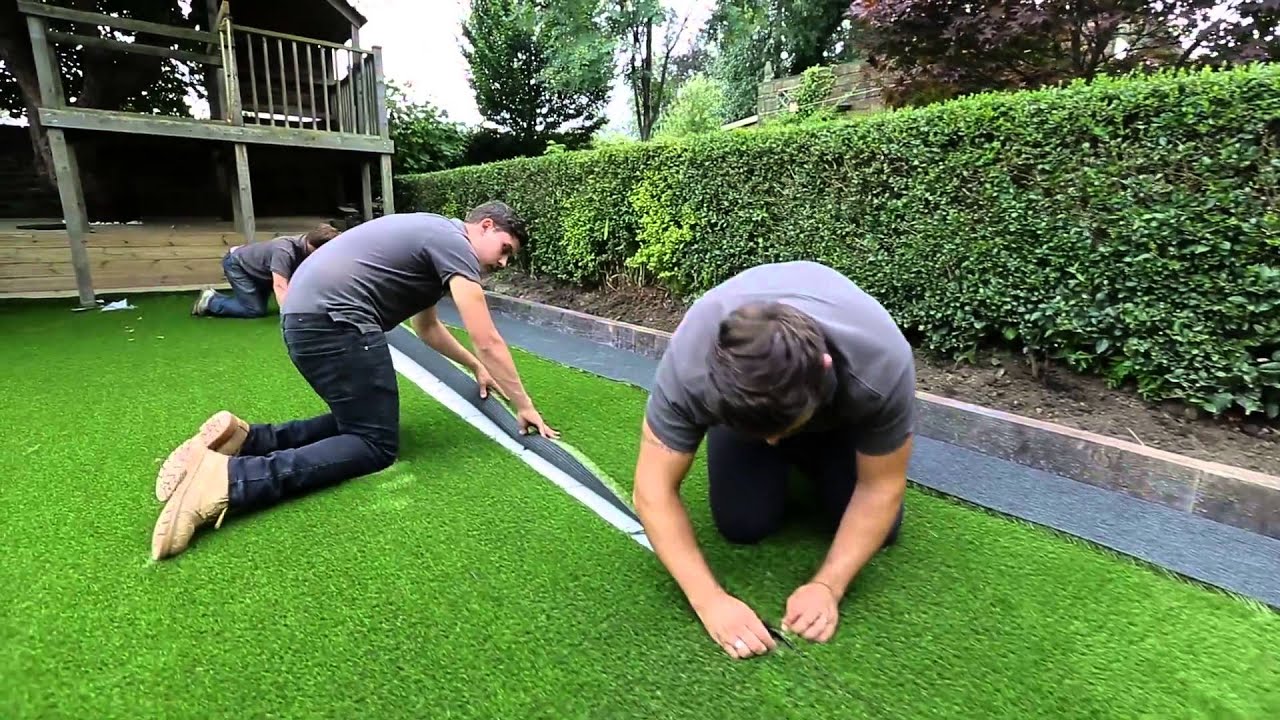Eco-Friendly Arizona Artificial Turf for a All-Season Lush Green Lawn
Eco-Friendly Arizona Artificial Turf for a All-Season Lush Green Lawn
Blog Article
Explore the Environmental Advantages of Opting for Artificial Lawn Solutions
The adoption of synthetic grass options presents a compelling opportunity to deal with pressing ecological obstacles. By dramatically decreasing water use and lessening the application of hazardous chemicals, these alternatives not only advertise lasting landscaping however also protect regional ecological communities. Furthermore, the reduced carbon footprint related to decreased maintenance activities adds to an extra lasting technique to land administration. However, the effects of these benefits extend past simple preservation efforts, increasing inquiries about their long-term effect on habitat conservation and general eco-friendly balance. Exploring these dimensions reveals a complex interaction worth considering.
Water Conservation Advantages
One of the most significant advantages of artificial turf is its capacity to conserve water. In contrast, synthetic grass does not need watering, significantly decreasing the overall need for water sources.
By removing the requirement for routine watering, man-made turf contributes to lasting landscape methods and assists alleviate the ecological effect of excessive water intake. The preservation of water expands to the reduction of runoff, which can lead to dirt erosion and waterway contamination.
In addition, the setup of artificial turf allows municipalities and homeowners to designate water sources extra efficiently, concentrating on essential uses such as alcohol consumption water and agriculture. The change in the direction of synthetic grass not just advertises accountable water use yet additionally lines up with wider ecological objectives focused on maintaining all-natural sources.
As communities progressively focus on sustainability, the water conservation advantages of artificial grass present an engaging instance for its fostering in commercial and household landscape design tasks.
Decreased Chemical Usage
The change to synthetic grass dramatically lowers the reliance on chemical treatments frequently utilized in all-natural lawn maintenance. Traditional grass monitoring typically entails the application of herbicides, chemicals, and fertilizers to advertise growth and control bugs. These chemicals can present dangers to human health, regional wildlife, and the atmosphere, adding to soil and water contamination.
In comparison, synthetic grass eliminates the requirement for these damaging materials. When mounted, it requires very little maintenance, mainly being composed of regular cleaning and seldom infill replenishment. This reduction in chemical usage not just benefits the instant environment but additionally adds to more comprehensive ecological stability. By minimizing the launch of synthetic substances into the ecological community, synthetic lawn promotes healthier soil and water supply.
Additionally, the absence of chemical runoff associated with synthetic grass installments assists protect local rivers from contamination, sustaining aquatic life and preserving biodiversity. Turf installation phoenix az. As areas increasingly prioritize lasting techniques, choosing synthetic lawn provides a practical service that aligns with environmental preservation objectives. Through this change, homeowner can enjoy lush green rooms without endangering ecological health and wellness, paving the method for a more lasting future
Reduced Carbon Impact

In addition, the installation of man-made lawn can cause considerable water preservation. All-natural yards need considerable amounts of water for watering, which not only contributes to the carbon footprint related to water extraction and treatment however additionally pressures local water sources. In comparison, man-made lawn needs minimal upkeep, requiring no watering, consequently substantially reducing water use and its associated power costs.
Additionally, the long life of synthetic grass adds to its reduced carbon effect. site link With a lifespan of up to 15 years or even more, the demand for regular substitutes is lessened, causing much less waste and reduced power usage in production and getting rid of standard yard alternatives. In general, fabricated turf offers a lasting alternative for environmentally conscious landscaping.
Environment Conservation
Environment conservation is an essential factor to consider in the discussion over landscaping choices, especially when comparing synthetic grass to all-natural turf. Natural lawn yards typically call for extensive maintenance, including making use of pesticides, plant foods, and herbicides, which can negatively influence local communities. These chemicals can leach into the dirt and waterways, hurting native plants and fauna go to this web-site and interfering with regional environments.
On the other hand, synthetic grass presents a possibility to decrease the ecological footprint of landscaping. By deciding for synthetic yard, house owners can reduce the disturbance of natural habitats connected with conventional grass care methods. Synthetic grass eliminates the requirement for harmful chemicals, consequently protecting close-by wild animals and maintaining the honesty of surrounding ecosystems. The setup of fabricated grass can lead to the conversion of former lawn locations right into even more biodiverse landscapes, such as pollinator yards or indigenous plant locations, which can sustain neighborhood wild animals.
Inevitably, the change to synthetic grass not just saves water and minimizes maintenance efforts but also cultivates an extra unified connection between human tasks and the native environment, advertising environment conservation in the procedure.
Long-Term Sustainability
Lasting sustainability is a vital consider evaluating the advantages of fabricated lawn over typical yard lawns. One of the most considerable advantages of fabricated turf is its sturdiness; it can last as much as 15-20 years with very little upkeep, whereas natural turf calls for regular reseeding and replacement. This durability reduces the demand for constant sources, such as water, fertilizers, and chemicals, which are important for keeping a healthy yard lawn.
In addition, man-made turf adds to a reduction in carbon exhausts associated with grass care tools. Conventional lawns often require gas-powered lawn mowers, leaners, and my site blowers, every one of which contribute to air pollution. Artificial turf companies phoenix. In comparison, synthetic grass gets rid of the demand for such equipment, promoting a cleaner atmosphere
In addition, the production of synthetic grass significantly utilizes recycled materials, enhancing its sustainability profile. As suppliers adopt green methods, the ecological footprint of synthetic grass remains to diminish.

Final Thought
The fostering of synthetic grass solutions presents significant environmental advantages, consisting of substantial water conservation, decreased reliance on harmful chemicals, and a lower carbon impact. Furthermore, synthetic grass aids in maintaining all-natural habitats by minimizing land disturbance and promoting long-lasting sustainability through making use of durable products. Collectively, these factors highlight the possibility of synthetic grass to add favorably to ecological wellness and offer a feasible choice to conventional landscape design techniques in an increasingly resource-conscious world.
In comparison, artificial turf does not require watering, dramatically lowering the total need for water sources. By decreasing the release of synthetic compounds into the community, synthetic grass advertises much healthier soil and water systems.
Additionally, the installation of fabricated lawn can result in significant water conservation. In contrast, synthetic lawn needs marginal maintenance, needing no watering, thereby dramatically minimizing water use and its connected power costs.

Report this page